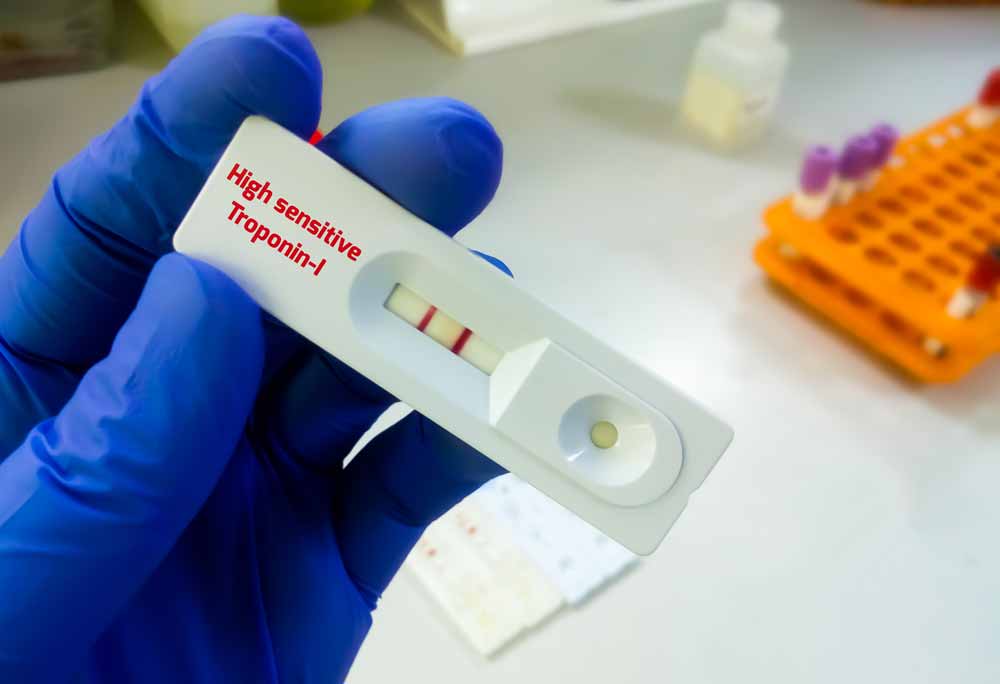The CARE guidelines: consensus-based clinical case reporting guideline development

A case report is a narrative that describes, for medical, scientific or educational purposes, a medical problem experienced by one or more patients. Case reports written without guidance from reporting standards are insufficiently rigorous to guide clinical practice or to inform clinical study design.
For reporting guideline for case reports CARE (CAse REport) was used a three-phase consensus process consisting of premeeting literature review and interviews to generate items for the reporting guidelines, a face-to-face consensus meeting to draft the reporting guidelines and postmeeting feedback, review and pilot testing, followed by finalisation of the case report guidelines.
As a result of consensus involved 27 participants, was developed a 13-item checklist — a reporting guideline for case reports.
Application of the case report guidelines will improve the completeness and transparency of published case reports and that the systematic aggregation of information from case reports will inform clinical study design, provide early signals of effectiveness and harms, and improve healthcare delivery.
The CARE guidelines checklist
The narrative: A case report tells a story in a narrative format that includes the presenting concerns, clinical findings, diagnoses, interventions, outcomes (including adverse events) and follow-up. The narrative should include a discussion of the rationale for any conclusions and any take-away messages.
| Item name | Item no. | Brief description |
| Title | 1 | The words ‘case report’ (or ‘case study’) should appear in the title along with phenomenon of greatest interest (eg, symptom, diagnosis, test, intervention) |
| Keywords | 2 | The key elements of this case in 2–5 words |
| Abstract | 3 | a) Introduction—What does this case add? b) Case Presentation: – The main symptoms of the patient – The main clinical findings – The main diagnoses and interventions – The main outcomes c) Conclusion—What were the main ‘take-away’ lessons from this case? |
| Introduction | 4 | Brief background summary of this case referencing the relevant medical literature |
| Patient information | 5 | a) Demographic information (eg, age, gender, ethnicity, occupation) b) Main symptoms of the patient (his or her chief symptoms) c) Medical, family, and psychosocial history—including diet, lifestyle, and genetic information whenever possible, and details about relevant comorbidities including past interventions and their outcomes |
| Clinical findings | 6 | Describe the relevant physical examination (PE) findings |
| Timeline | 7 | Depict important dates and times in this case (table or figure) |
| Diagnostic assessment | 8 | a) Diagnostic methods (eg, PE, laboratory testing, imaging, questionnaires) b) Diagnostic challenges (eg, financial, language/cultural) c) Diagnostic reasoning including other diagnoses considered d) Prognostic characteristics (eg, staging) where applicable |
| Therapeutic intervention | 9 | a) Types of intervention (eg, pharmacologic, surgical, preventive, self-care) – Administration of intervention (eg, dosage, strength, duration) – Changes in intervention (with rationale) |
| Follow-up and outcomes | 10 | a) Summarise the clinical course of all follow-up visits including – Clinician and patient-assessed outcomes – Important follow-up test results (positive or negative) – Intervention adherence and tolerability (and how this was assessed) – Adverse and unanticipated events |
| Discussion | 11 | a) The strengths and limitations of the management of this case b) The relevant medical literature c) The rationale for conclusions (including assessments of cause and effect) d) The main ‘take-away’ lessons of this case report |
| Patient perspective | 12 | The patient should share his or her perspective or experience whenever possible |
| Informed consent | 13 | Did the patient give informed consent? Please provide if requested |
A source: CARE case report guidelines
Sign up on our website right now to get access to additional training materials!





